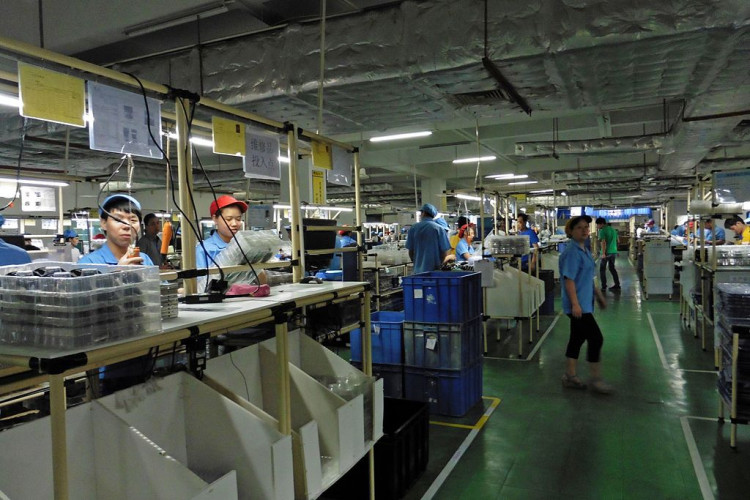China's economy stumbled in May, with industrial output and retail sales growth underperforming predictions, stirring expectations that Beijing may roll out further stimulus measures to buttress an unstable post-pandemic recovery.
The economic revival experienced earlier this year seems to be waning in the second quarter, prompting the People's Bank of China (PBOC) to reduce some key interest rates for the first time in almost a year. Economists are predicting additional cuts on the horizon.
"With the post-pandemic recovery losing steam, there's a growing risk of an economic double-dip. We now foresee substantial downside risks to our GDP growth estimates of 5.5% and 4.2% for 2023 and 2024," warned Nomura analysts in a recent research note following the disappointing economic data.
According to the National Bureau of Statistics (NBS), industrial output in May rose only 3.5% from the previous year, missing analyst forecasts and slowing from the 5.6% expansion seen in April. This lag is attributed to manufacturers struggling with subdued demand, both domestically and internationally.
Retail sales, a key barometer of consumer confidence, grew by a lower-than-expected 12.7%, underperforming April's 18.4% increase.
"The data clearly suggests an ebbing of economic momentum," said Zhiwei Zhang, president of Pinpoint Asset Management.
From factory production to home sales, a variety of data points have highlighted weaknesses in the world's second-largest economy. NBS figures showed that crude steel output and daily coal output both fell in May.
These below-par performances have left analysts baffled, particularly given the weak base effect from last year, when many cities were under stringent COVID lockdowns.
Economists are now pressing the case for additional stimulus measures, as China grapples with deflationary risks, escalating local government debts, record youth unemployment, and weakening global demand.
Bruce Pang, chief economist at Jones Lang LaSalle, warned, "Anemic domestic and sluggish external demand could disrupt ongoing recovery, leaving China on a slower U-shape recovery path." He predicted that large-scale policy easing would be the first step, but cautioned, "It could take two to three years to stabilize the economic recovery."
Reacting to the downbeat data, JP Morgan scaled back its forecast for China's 2023 full-year GDP growth from 5.9% to 5.5%. Meanwhile, the government has set a modest growth target of around 5% for the year.
In the aftermath of the disappointing economic indicators, China's central bank made a significant move by cutting the interest rate on its one-year medium-term lending facility. This action is seen as a precursor to cuts in the benchmark loan prime rates in the following week.
The rate cut triggered a fall in the yuan to a fresh six-month low, while China's stock markets experienced an uptick.
Analysts now foresee further stimulus measures, particularly those aimed at the languishing property sector, which was once a major growth driver.
Despite caution over aggressive stimulus that might escalate capital flight risks, experts argue that further easing is crucial. "It's clear that policymakers are increasingly concerned about the health of China's recovery," said Julian Evans-Pritchard, head of China at Capital Economics, suggesting further policy support to prevent a renewed downturn.






